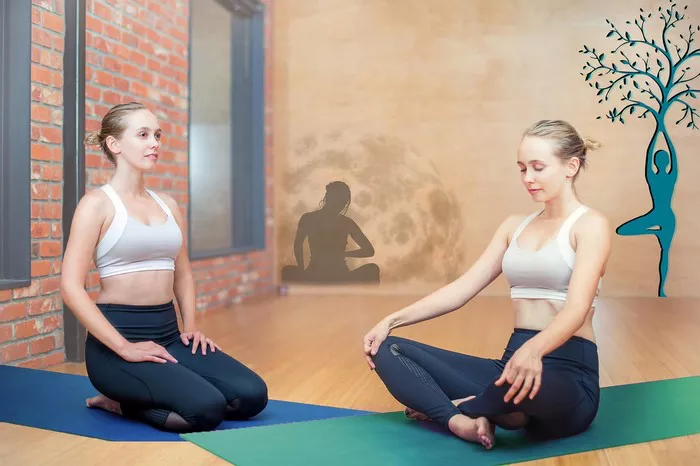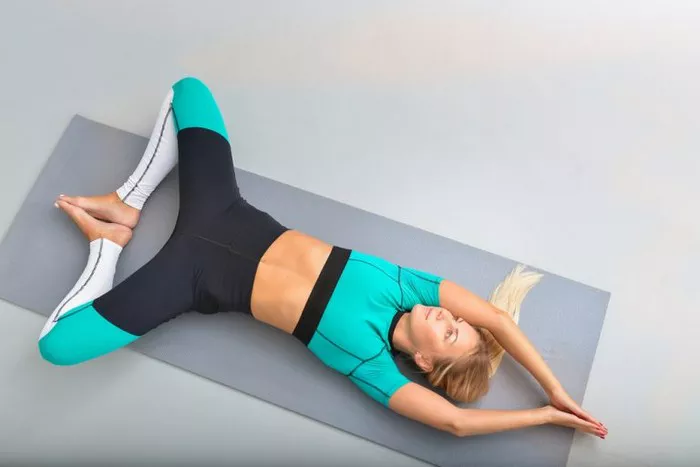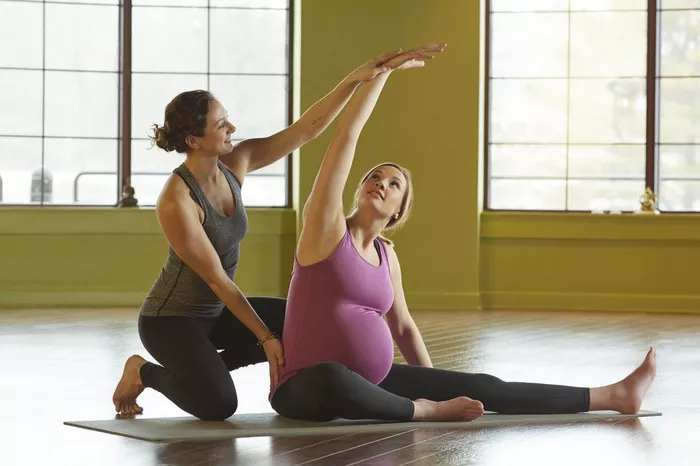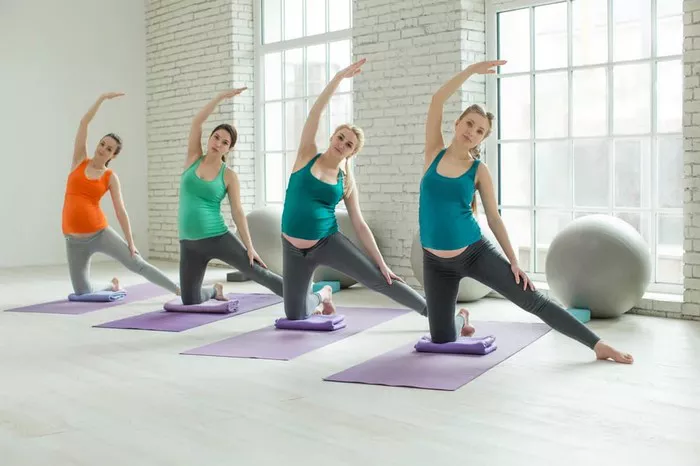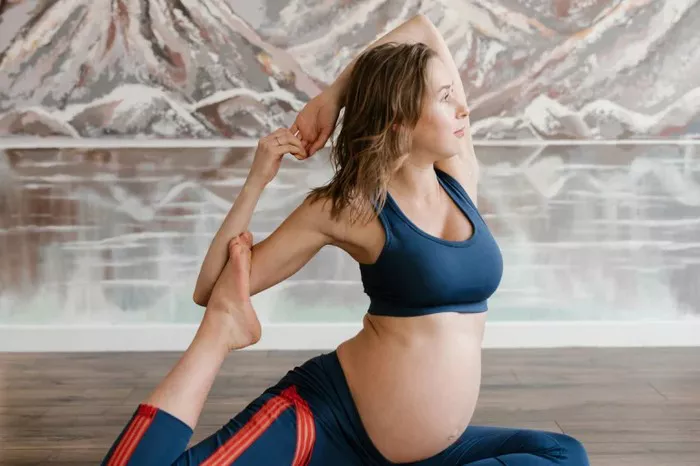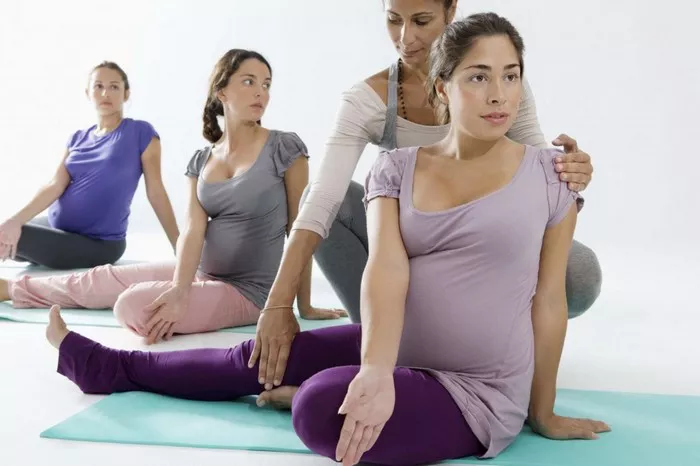Downward Dog (Adho Mukha Svanasana) is one of the most well-known and widely practiced yoga poses. It serves as a foundational posture in many yoga styles, including Hatha, Vinyasa, and Ashtanga yoga. Despite its apparent simplicity, this pose requires proper alignment and engagement to reap its full benefits and avoid strain or injury. Many yoga practitioners, both beginners and experienced yogis, make common mistakes in Downward Dog that can compromise the effectiveness of the pose and lead to discomfort.
In this article, we will explore the most frequent errors made in Downward Dog, the impact of these mistakes, and tips on how to correct them to ensure a safe and effective practice.
1. Rounding the Spine
One of the most common mistakes in Downward Dog is rounding the spine. This often happens when the hamstrings and lower back are tight, causing the practitioner to collapse in the upper back and shoulders.
Why It’s a Problem:
- It reduces the stretch in the hamstrings and calves.
- It creates unnecessary tension in the shoulders and upper back.
- It misaligns the spine, leading to poor posture.
How to Fix It:
- Focus on lengthening the spine by engaging the core.
- Slightly bend the knees if necessary to maintain a straight back.
- Press the hips upward and backward to elongate the body.
2. Collapsing the Shoulders
Many practitioners let their shoulders sink toward their ears instead of actively engaging them. This results in unnecessary tension in the neck and upper back.
Why It’s a Problem:
- It puts strain on the shoulders and can cause discomfort.
- It reduces stability and makes the pose less effective.
- It prevents proper weight distribution.
How to Fix It:
- Press firmly into the palms and engage the shoulder blades by externally rotating the arms.
- Keep a slight bend in the elbows to avoid locking them.
- Imagine creating space between your shoulders and ears.
3. Incorrect Hand Placement
Another frequent mistake is improper hand positioning, either too close together, too far apart, or fingers not being fully engaged.
Why It’s a Problem:
- It creates instability in the pose.
- It can lead to wrist pain or strain over time.
- It affects overall body alignment.
How to Fix It:
- Place your hands shoulder-width apart with fingers spread wide.
- Press through the palms and fingertips to distribute weight evenly.
- Keep the index fingers pointing straight ahead.
4. Overloading the Wrists
Many yogis place too much weight on their wrists, leading to discomfort and even potential injury.
Why It’s a Problem:
- It strains the wrists unnecessarily.
- It can cause wrist pain, especially with repeated practice.
- It shifts the focus away from proper engagement of the entire body.
How to Fix It:
- Press more firmly into the knuckles and fingertips rather than dumping weight into the wrists.
- Engage the forearms and shoulders to share the load.
- Keep the weight evenly distributed between hands and feet.
5. Misalignment of the Hips
If the hips are too high or too low, the body loses its intended alignment, which affects the effectiveness of the pose.
Why It’s a Problem:
- If the hips are too low, the pose becomes more of a plank than a Downward Dog.
- If the hips are too high, the back may arch excessively.
- It prevents proper engagement of the legs and core.
How to Fix It:
- Keep the hips lifted high while maintaining a neutral spine.
- Engage the lower abdomen to support the pelvis.
- Imagine your tailbone reaching toward the ceiling.
6. Locking the Knees
Many beginners lock their knees in an attempt to straighten their legs, which can cause strain on the hamstrings and lower back.
Why It’s a Problem:
- It limits mobility in the pose.
- It puts unnecessary strain on the knees.
- It prevents a deep stretch in the legs.
How to Fix It:
- Keep a micro-bend in the knees to protect the joints.
- Prioritize spinal length over straight legs.
- Allow the heels to move toward the ground without forcing them down.
7. Improper Foot Placement
Feet that are too close together or too far apart can throw off the balance and alignment of the pose.
Why It’s a Problem:
- It affects weight distribution between the hands and feet.
- It can lead to instability.
- It may cause discomfort in the legs and lower back.
How to Fix It:
- Position your feet hip-width apart.
- Keep the heels slightly turned out while ensuring the toes point forward.
- Distribute weight evenly between the hands and feet.
8. Forgetting to Breathe
Holding the breath while performing Downward Dog is a common mistake, especially for beginners who focus too much on the pose itself.
Why It’s a Problem:
- It creates unnecessary tension in the body.
- It limits the flow of energy and oxygen.
- It prevents relaxation and proper engagement.
How to Fix It:
- Take slow, deep breaths in and out through the nose.
- Synchronize movement with breath, deepening the stretch with each exhale.
- Use the breath to maintain relaxation and focus.
9. Rushing the Pose
Downward Dog is often used as a transition pose, but moving too quickly can result in poor alignment and loss of the pose’s benefits.
Why It’s a Problem:
- It prevents the body from fully settling into the stretch.
- It increases the risk of injury due to improper form.
- It diminishes the grounding and strengthening effects of the pose.
How to Fix It:
- Take your time to set up the pose correctly.
- Hold the pose for at least five breaths to experience its full benefits.
- Use Downward Dog as a moment of reset rather than just a transition.
Conclusion
Downward Dog is an essential yoga pose that offers numerous benefits, including improved flexibility, strength, and relaxation. However, common mistakes such as rounding the spine, collapsing the shoulders, overloading the wrists, and misaligning the hips can reduce its effectiveness and lead to discomfort or injury. By focusing on proper alignment, engaging the core and shoulders, distributing weight evenly, and maintaining steady breathing, practitioners can enhance their practice and fully enjoy the benefits of Downward Dog.
Next time you step onto your yoga mat, take a moment to check your form, make small adjustments, and practice with mindfulness. By avoiding these common mistakes, you will develop a stronger, safer, and more effective Downward Dog that supports your overall yoga journey.
Related Topics:




